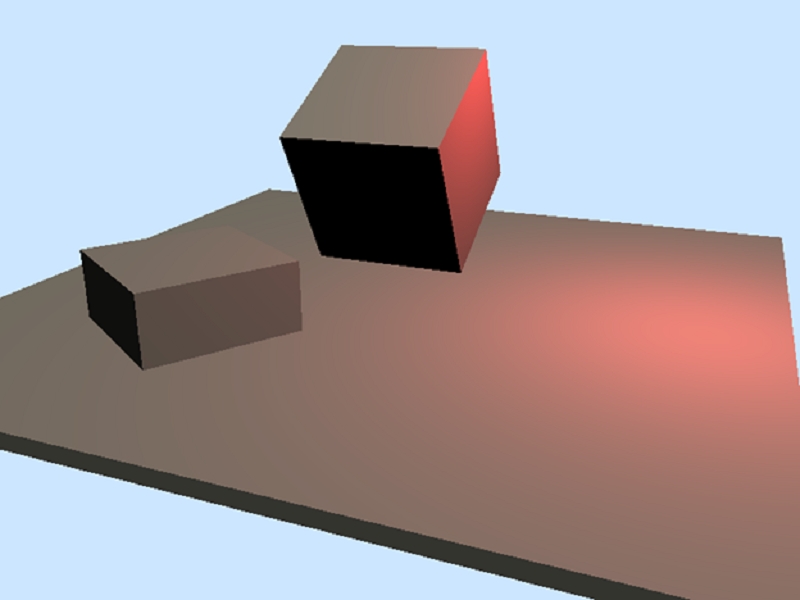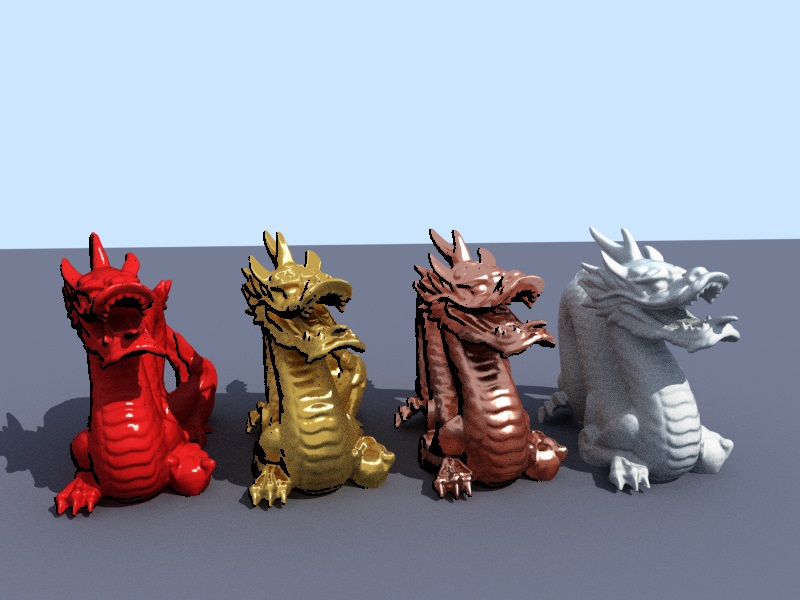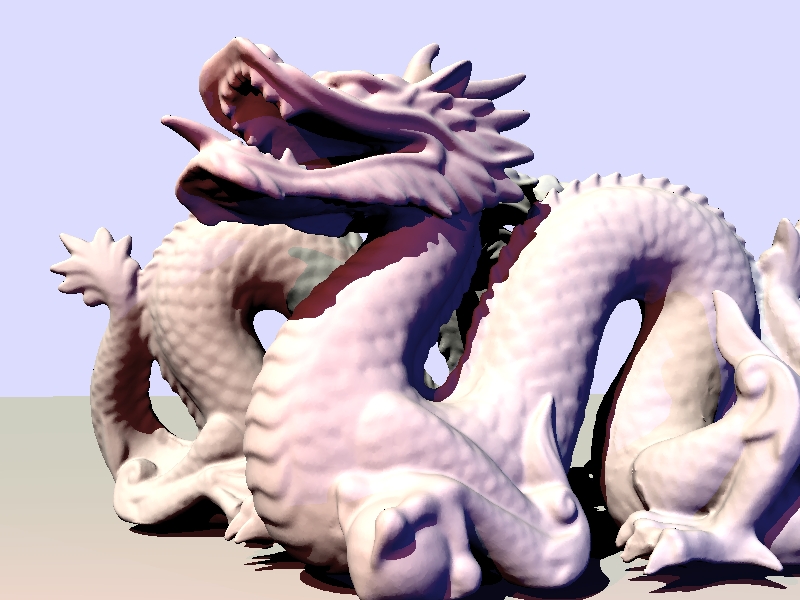


A BRDF (bidirectional reflectance distribution function) is a model that approximates lighting on surfaces. They are important
for approximating how objects would appear in the real world, because a 100% accurate simulation of the real world would require an
infinite amount of data, and would therefore take too long (if not forever) to compute.
Many different BRDFs have been published over the past few decades, such as the well-known Blinn-Phong model, Cook-Torrance model, etc., each with its own pros and cons.
In 2000, Michael Ashikmin and Peter Shirley published a paper called "An Anisotropic Phong BRDF model" in the Journal of Graphics Tools,
and below are some screenshots of my implementation of their paper in C++. The ray tracer also uses 10x10 jittering per pixel to improve the
quality of reflections.


